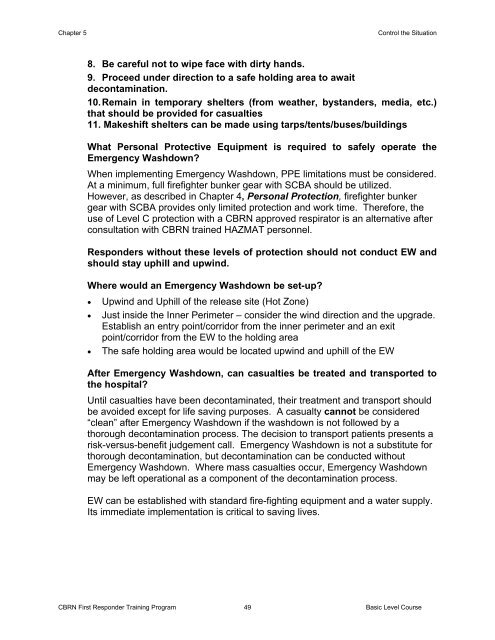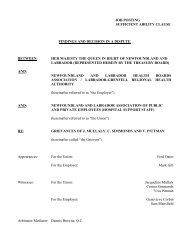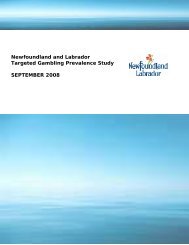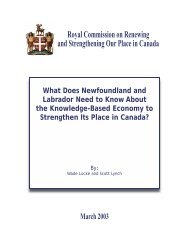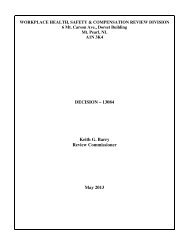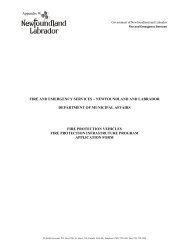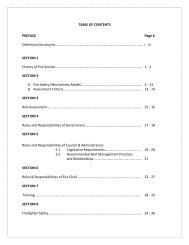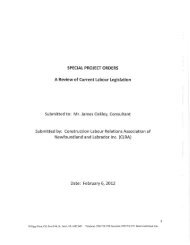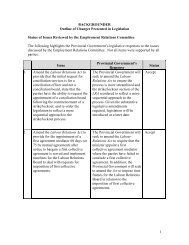Basic Level Pre-Course Reading
Basic Level Pre-Course Reading
Basic Level Pre-Course Reading
Create successful ePaper yourself
Turn your PDF publications into a flip-book with our unique Google optimized e-Paper software.
Chapter 5<br />
Control the Situation<br />
8. Be careful not to wipe face with dirty hands.<br />
9. Proceed under direction to a safe holding area to await<br />
decontamination.<br />
10. Remain in temporary shelters (from weather, bystanders, media, etc.)<br />
that should be provided for casualties<br />
11. Makeshift shelters can be made using tarps/tents/buses/buildings<br />
What Personal Protective Equipment is required to safely operate the<br />
Emergency Washdown?<br />
When implementing Emergency Washdown, PPE limitations must be considered.<br />
At a minimum, full firefighter bunker gear with SCBA should be utilized.<br />
However, as described in Chapter 4, Personal Protection, firefighter bunker<br />
gear with SCBA provides only limited protection and work time. Therefore, the<br />
use of <strong>Level</strong> C protection with a CBRN approved respirator is an alternative after<br />
consultation with CBRN trained HAZMAT personnel.<br />
Responders without these levels of protection should not conduct EW and<br />
should stay uphill and upwind.<br />
Where would an Emergency Washdown be set-up?<br />
• Upwind and Uphill of the release site (Hot Zone)<br />
• Just inside the Inner Perimeter – consider the wind direction and the upgrade.<br />
Establish an entry point/corridor from the inner perimeter and an exit<br />
point/corridor from the EW to the holding area<br />
• The safe holding area would be located upwind and uphill of the EW<br />
After Emergency Washdown, can casualties be treated and transported to<br />
the hospital?<br />
Until casualties have been decontaminated, their treatment and transport should<br />
be avoided except for life saving purposes. A casualty cannot be considered<br />
“clean” after Emergency Washdown if the washdown is not followed by a<br />
thorough decontamination process. The decision to transport patients presents a<br />
risk-versus-benefit judgement call. Emergency Washdown is not a substitute for<br />
thorough decontamination, but decontamination can be conducted without<br />
Emergency Washdown. Where mass casualties occur, Emergency Washdown<br />
may be left operational as a component of the decontamination process.<br />
EW can be established with standard fire-fighting equipment and a water supply.<br />
Its immediate implementation is critical to saving lives.<br />
CBRN First Responder Training Program<br />
49<br />
<strong>Basic</strong> <strong>Level</strong> <strong>Course</strong>


